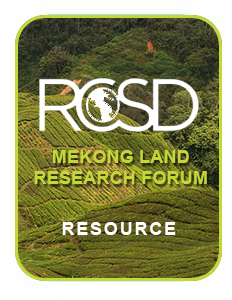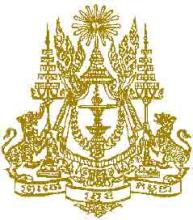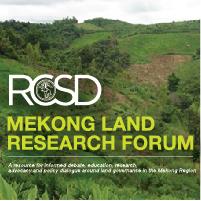Resource information
Cambodia has a land area of 181 035 square kilometers and a population of almost 14 million people (2008). In 2008, about 82 percent of the households lived in rural areas. A large majority of these households engage in rice- based agriculture, collection of forest products and livestock production. The agricultural sector generates about 32 percent of the Gross Domestic Product and provides employment to about 80 percent of the country’s labour force. The sector is dominated by small farm households who are mainly engaged in subsistence production. Further, most of those employed in the agricultural sector are self-employed or unpaid family members working on the household farm. This National Gender Profile focuses on female and male headed agricultural households and their characteristics pertaining to their demographic and social profile, access to productive resources, livelihood activities and livelihood outcomes. The Gender Profile is based on data derived from the latest Cambodian Socio-Economic Survey in 2008 (CSES 2008). Due to small sample households used in the said survey, the indicators are presented at the zone level (i.e. Plain, Tonlé Sap, Coastal, and Plateau/ Mountain) This report is divided into six chapters. Chapter 1 describes the geographical features and gives brief agricultural information of Cambodia and introduction to CSES 2008; provides the rationale for a gender profile of the agricultural household, as well as an overview of the gender issues in the country and provides an overview of gender issues analysed in the report, introduction to the CSES, gender analysis framework of the country’s agricultural sector and key definitions used in the report. Chapter 2 presents data related to the demographic and social profile of the agricultural household and population such as age, household size, household labour force, marital status, ethnicity, literacy and education completed. Chapter 3 includes gender-based access to productive resources like agricultural labour, land, improved technologies, credit, and access to/ownership of selected durable goods. Chapter 4 focuses on livelihood activities such as crop production, livestock production, fishery, forestry, and non-agricultural business. Chapter 5 includes sex-disaggregated data on some selected livelihood outcomes. Last but not least, chapter 6 presents final conclusions.





